It’s not easy being green, Kermit the Frog bemoaned. It’s even harder to be green, vegan, low-sugar, gluten-free, organic, locally-sourced, ethically-farmed, socially responsible, affordable, tasty – and economically sustainable.
That’s something Sarah Hedger has been quick to learn, as her home-made breakfast cereal breaks into the bigtime. The Nelson entrepreneur first started making her organic, gluten-free granola when she was cooking at a lodge in Wanaka – and increasing numbers of guests began asking her for the recipe. So. with partner Mike Cowlin, they moved to Nelson and set up to manufacture it from an industrial unit parked up in their driveway.
Five years on, their granola has suddenly caught people’s imagination: in the past month alone, three different publications have reported the story of how she and Mike used lockdown to rethink and reconceive a new “No 8” range of all-local granola. (Now, make it four publications).
For Jonathan Milne’s summer briefing on the sectors that don’t stop, sign up here for the 3 Things newsletter.

But it’s hard to tick every box demanded by every different customer. For example, the Honey Problem. Sarah and Mike preferred to use local manuka honey, because it was local and sustainable. But half their vegan customers refuse to eat honey, because it’s an animal product – so they had to make a separate vegan range of granola using ethically-imported organic coconut nectar freighted from Sri Lanka.
And all of this has to be balanced in the accounting ledger: “We aren’t able to be as sustainable as we like, because we can’t currently afford it,” Hedger says, candidly. “At the end of the day, your company has to be in the black,”
But Hedger says consumers are increasingly concerned about climate change, the use of plastics, using organics and paying the living wage. She gives a shout-out to Fix and Fogg, the peanut butter company that is the first food producer in New Zealand to win the B Corp sustainability certification.
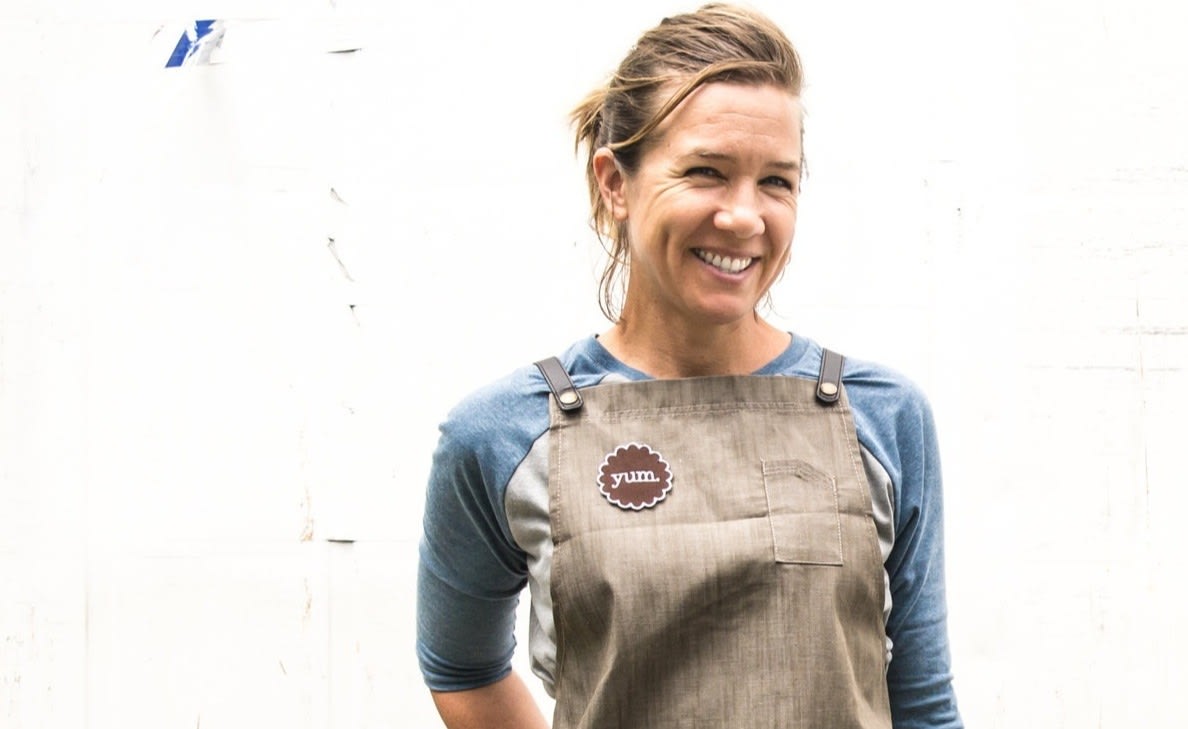
And she quotes Yvon Choinard. The founder of top-dollar outdoor clothes company Patagonia, was asked last year about why he was diversifying into the food industry, and supporting regenerative agriculture. We cannot afford to not invest in this, he retorted.
So spare a thought for those food producers who’ve had to decide what to sacrifice in order to break through to our Top 12 list of new food experiences for 2021.
As well as Sarah Hedger, we asked a panel of experts – My Food Bag founder and nutritionist Nadia Lim, Moore Wilson general manager Amanda Thompson, IRI Worldwide retail and innovations head Debbie Simpson-Pudney, Countdown general manager of merchandise Steve Mills, Foodstuffs corporate affairs boss Antoinette Laird and Grater Goods Vegan Deli director Flip Grater to tell us which foods they believe will feature on our kitchen tables this year.
Some of them have been trying to pick New Zealand’s palates for years. “There were some trends and food we thought would be a hit with Kiwis in 2020 but in the end didn’t fire much,” says Steve Mills. “Examples include hemp products, cricket wraps and switchel. However, there were also products we could never have imagined would be so in demand such as face masks, hand sanitiser and anything to do with baking.”
Over at the smaller food market Moore Wilson, in Wellington and Masterton, Amanda Thompson says there is a shift to understanding we need to support local producers and products and a willingness to try flavours that might have seemed too challenging or old-fashioned in the past. “Customers seem to be taking the time to find recipes and ways to use the whole product where possible with waste reduction definitely front of mind for many – examples of this are kohlrabi, radishes and beetroots.”
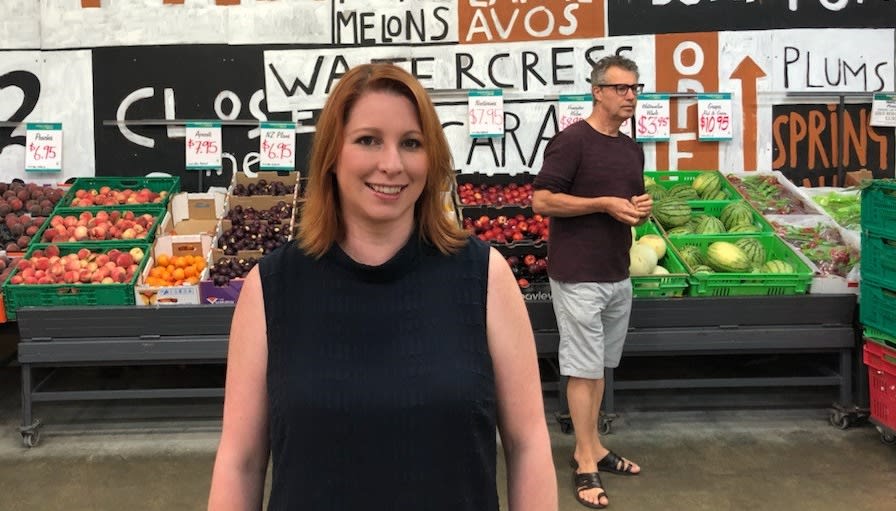
Chef Nadia Lim says: “I consider myself good at picking trends in the food world, although to date I’ve usually picked things at least three to five years ahead, rather than only for the coming year.”
Lim bets big: Eight years ago, the MasterChef winner and Cecilia Robinson decided delivering people the recipes and ingredients to make their own meals was the go – and so they started food phenomenon My Food Bag.
Then a year ago, Lim and her family decided hunting and growing their own food was the future, so they moved to a farm near Arrowtown. “In a broad sense, the areas of our food system I see as picking up momentum are growing your own food, especially post-Covid, people have realised we need to be more resilient.”
And this weekend, when we challenged her on her commitment to wild meat, she went out with husband Carlos and shot some rabbits to make their two children a family favourite, bunny nuggets – that rabbit you see in the photo was bunny nuggets yesterday.
1. Upcycled foods
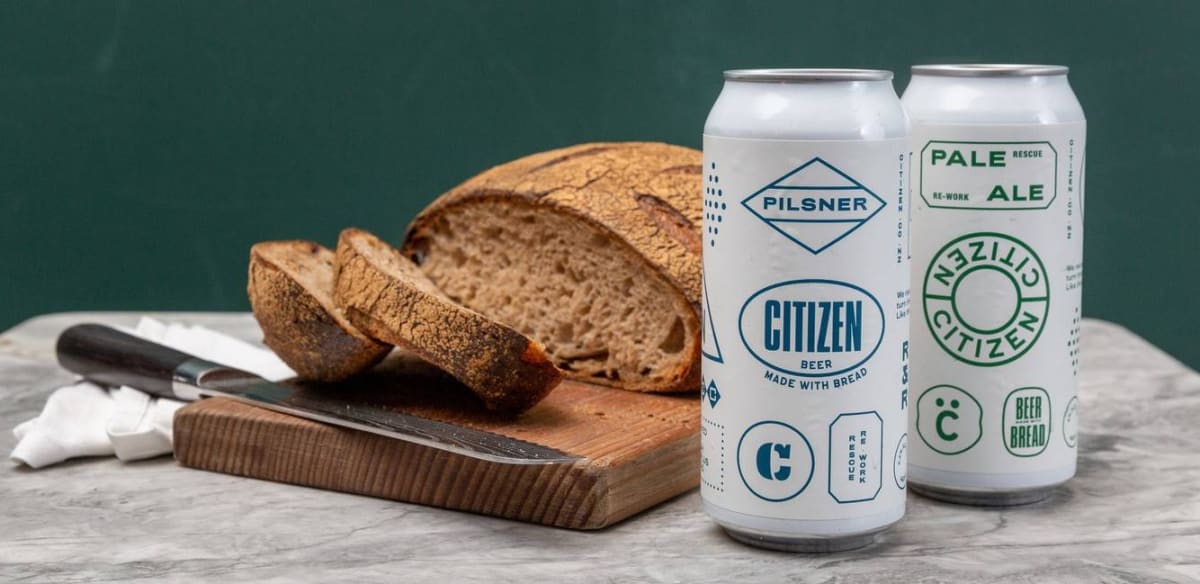
A third of food produced on the planet is destined for waste, says Antoinette Laird, and Kiwis are becoming increasingly concerned about it. She and Nadia Lim both pick food upcycling as a major phenomenon this year.
“Upcycled foods are new products made out of left-overs, by-products and surplus food that haven’t been consumed the first-time round,” Laird says.
“There’s absolutely nothing wrong with the food, most perishable foods have a shelf life. And upcycling is a great way to take human grade, edible, highly nutritious food that might have got a little bit bruised, or getting close to sell-by, and with a little bit of processing at the right time, it can be consumed as food.
She gives the example of bakers at New World Kumeu and Pukekohe, who have been providing Citizen Beer with bread left-overs. Citizen uses the bread as a key ingredient to make the beer that ends up back on the shelves in the New World stores.
Laird says there be more of these types of products this year, in the snacks and pet food categories.
2. Vegan and plant-based protein
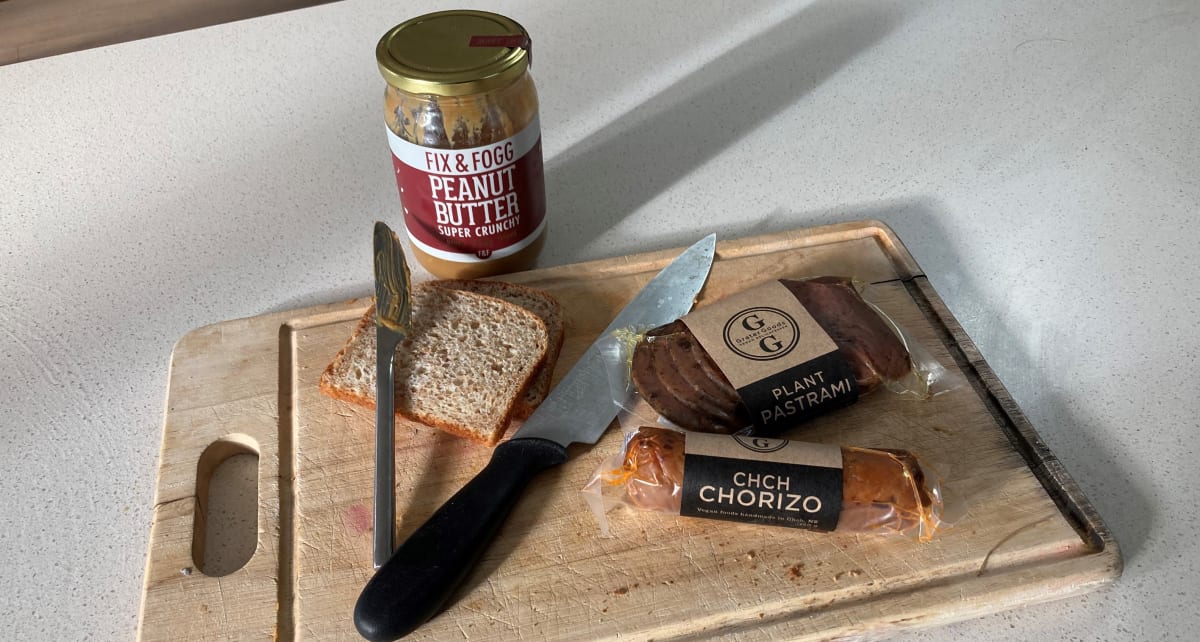
Plant-based food deserves more than a news article – it demands an encyclopaedia. Go to Pak’nSave Royal Oak, and you’ll find little “Vegan” labels on two products out of three (including a few that definitely aren’t edible!)
An extraordinary 8 per cent of Kiwis now say they are vegan, according to the IRI HH Shopper survey (Sept 2020) – and many, many more of us are looking for ways to cut out dairy and meat, for health and environmental reasons. IRI Worldwide’s Debbie Simpson-Pudney says we are now seeing vegan-friendly products pop up in multiple categories across the store.
It’s gone mainstream – this summer, Rachel Hunter will be relaxing with a vegan Trumpet ice cream from Tip-Top.
“Plant-based products are definitely more enticing and accessible now,” says Thompson. “Grater Good is an example of innovative plant-based products, we have a pastrami, chorizo and over Christmas had furkey rolls to adorn the table. Vegan mince is an everyday item for a lot of households now as it gives them the flexibility to create meals from scratch with a simple protein that feels familiar, so bolognaise, burgers and the like become simple.”
Steve Mills agrees. While meat remains a Kiwi staple, he says, we are eating less of it and we’re seeing Kiwis actively seeking out vegetarian and vegan meal options, even if just once or twice a week. The percentage of vegan customers in Countdown stores has doubled in the past year, and they’ve increased their range of products to cater for that as well.
Both Countdown and Foodstuffs are working hard to introduce even more plant-based foods over the course of this year, after 30 percent growth in plant-based meal solutions last year. Pams is expanding its range to include new plant-based meat alternatives, which will hit shelves in mid-2021.
As the mainstream producers catch up to plant-pased protein, pioneers like Grater Goods Vegan Deli (whose chorizos and pastramis are a hit in their Christchurch deli, at Moore Wilson in Wellington, and elsewhere) are pushing out the boundary even further.
Director Flip Grater points to seitan, all things fungi, vegan fish alternatives, and aquafaba. “We have so many high quality plant-based options appearing on the market that the trend will split into sub-niches like ‘locally made v imported’; ‘lab-grown v natural’ and ‘factory v artisanal’,” she says.
“And seitan wins every time – natural, old-school yet still innovating and exciting, delicious, versatile.”
We Googled it so you don’t have to: Seitan is from China, a chewy protein-rich food made from wheat gluten, used in cooking as a meat substitute.
3. Wild meat
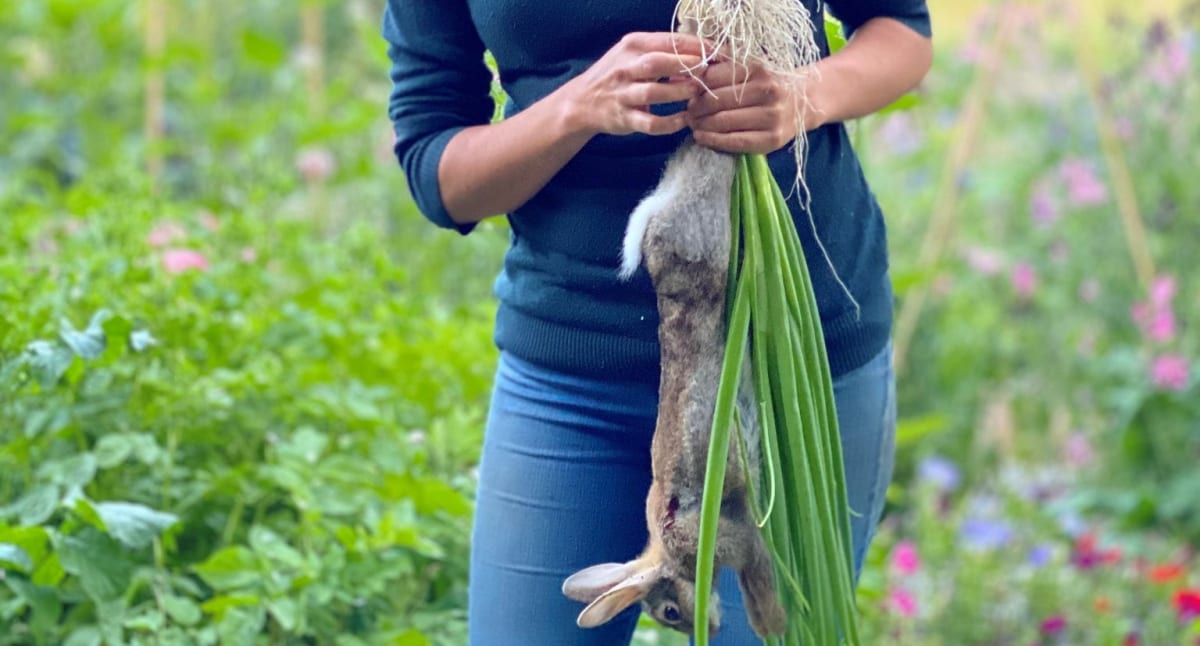
She says wild meat is a nutritious, free-range, organic (and free) resource. “They’re all delicious and the best meat you can get – bunny nuggets, tahr meatballs and goat curry are frequently on our menu.”
Over the first lockdown, she says, their local Wapiti Foundation partnered with the food banks o deliver 18,000 one-kilo packs of the best quality wapiti mince to families in need.
To be fair, it’s a little easier for Nadia, on her Otago farm, to go out and shoot herself a rabbit (“the kids love bunny nuggets”) than it is for those of us in suburbia.
But even in the cities, interest is growing in more traditional speciality cuts – a change from the beef cheeks and lamb shanks – that are both flavoursome and ofen cost-effective. Thompson gives the examples of cuts like oxtail, pig trotters and brisket, kidneys and liver, that were once the domain of restaurants.
4. The at-home café and fakeaways
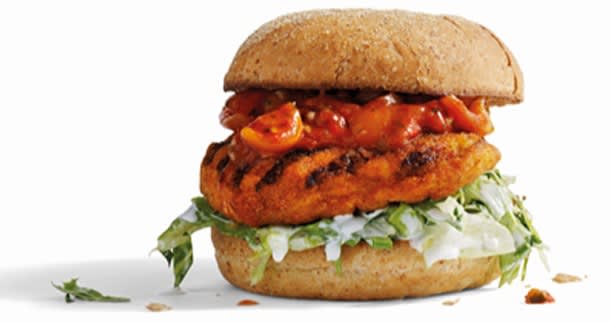
As we have adjusted to our flexible working environment, Debbie Simpson-Pudney says Kiwis have begun creating café-inspired meals and coffee at home. Coffee capsules have seen astounding growth: starbucks capsules in supermarkets have achieved $10.6 million in sales since their arrival late last year. Barista UHT milks and Sanitarium barista dairy alternative UHT milks are also increasingly popular, she says.
“Covid has had an impact in so many ways on New Zealanders’ lives, and during our first lockdown all meals had to prepared at home as there was no eating out or takeaways to be had,” she says.
So there was a large growth in freezer meals that recreated the takeaway experience – she calls them “fakeaways”. Frozen chicken, pizzas and meat patties all showed significant growth, and the IRI Survey shows 22 percent of Kiwis are now buying more frozen food than they were pre-Covid. Tegel has capitalised by launching three “value-added” chicken products, all of which topped their sales categories.
5. Oat milk and avocado milk
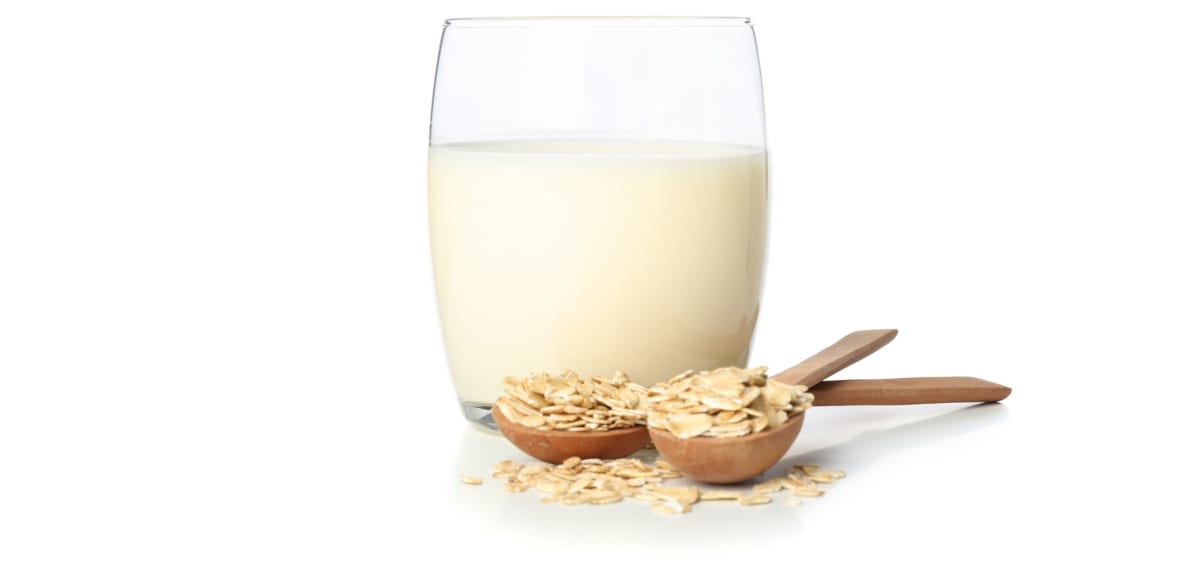
“There are a few yoghurts made with a blend of oat milk and coconut but I’m sure there will be some plain oat yoghurts on the market at some point,” she adds. “We expect this trend to continue with New Zealand-grown oat and oat products as well as a possible resurgence of old-fashioned porridge and homemade muesli and baking.”
If that’s not adventurous enough for you, avocado milk is another dairy alternative yet to hit NZ stores but coming soon, says Debbie Simpson-Pudney. Avocadomilk was developed by well-known Auckland chef Sachie Nomura, and had already won two international awards. It’s being made at the Envictus factory in the Hastings suburb of Whakatu but for now, it’s all being exported to the United States.
6. New (to us) Japanese flavours
Seasonings like togarashi and furikake are on menus in restaurants and in homes, and Moore Wilson says its selling more of these seasonings and ingredients for people to make their own spice blends
Amanda Thompson also points to yuzu, a fresh Japanese fruit grown locally in New Zealand. They also did ume plums that flew out for people making their own liqueurs and preserves, she adds. Its season is winter, but you can buy imported yuzu extract year-round, and it’s now included in tonics, drinks and dressings
7. Probiotics, probiotics, probiotics …
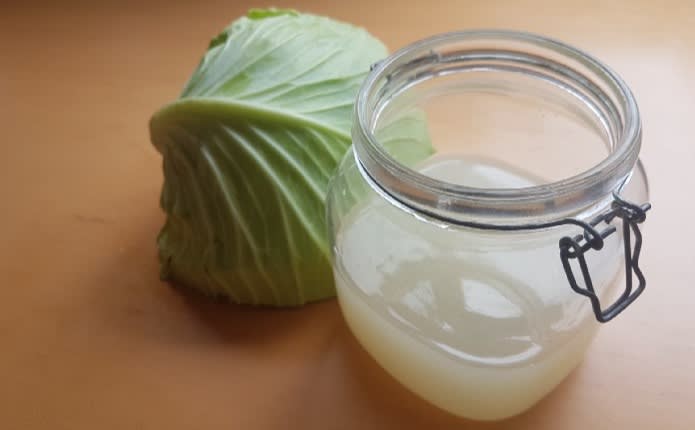
Kombucha is so last year. Now people are making their own kraut juice, billed as the cheapest and most probiotic-packed beverage that you can make for yourself at home. And, says Thompson, there are now premade fresh styles available in the stores. “This sits along with a great awareness of health and wellbeing and the importance of gut health.”
By making krauts at home, she says you can use up vegetables and preserve them for tasty treats. These also tend to incorporate spices known to be good for health, such as ginger and turmeric.
According to Debbie Simpson-Pudney, 44 percent of household shoppers define healthy food as high in protein – and 31 percent define it as high in probiotics. So why not combine both, she asks? Tasti has just launched Protein+Probiotics snack bars.
8. Hard seltzers
Unlike RTDs, these are not spirits-based, so they are a good way for supermarkets to compete with the traditional RTDs. In short, a hard seltzer looks and tastes like flavoured sparkling water, but has around 4 to 5 per cent alcohol.
Debbie Simpson-Pudney says they offer a healthier option to consumers, with fewer calories and carbs than a typical beer or wine product. “After doing very well overseas in the USA, we saw this category launch back in the spring in the alcohol section in supermarkets.”
9. Hemp products
Since regulation changes, hemp has been cropping up in all types of products across our supermarket shelves as people become aware of its positive impact on cholesterol, immunity and metabolism, says Simpson-Pudney.
In the year to October 18, hemp products added more than $7 million to retail sales. “Snacking is a great way to intake this beneficial product,” she suggests, pointing to Tom and Luke’s hemp protein snackaballs.
That said, Steve Mills at Countdown reckons it didn’t quite break through in 2020, as they had expected – some of our pundits say 2021 is the year that hemp hits the big time in our grocery stores.
10. Heritage crops
Heritage crops are making a comeback, says Nadia Lim, as more and more people realise the narrowing of our choice in supermarkets
She cites, as examples, Monty’s Surprise apples, Green Apple Cucumber, Rainbow Inca Corn, Black Krim Tomatoes, and even different types of wheats like purple wheat or Konini wheat, rather than having one variety that dominates our food system.
11. Collagen or supplements in food
Collagen has been on the radar a while now and women of all ages have been buying up collagen supplements as there are promises of slowing the aging process, says Simpson-Pudney. But now it’s easier than ever to take collagen – as part of your daily food and drink intake. Zuru have come out with a collagen product to add to a smoothie; No Ugly have simply put it in a bottled drink to consume on the go.
Steve Mills says there is a real interest from Kiwis in anything to do with health and wellbeing. “Products relating to gut health are still trending and collagen powder continues to go from strength to strength.”
12. Fewer trends and fads
Of course, the best new dish is the one you discover yourself – or the tried-and-true recipe handed down from your grandmother. So there’s one last thing that trend-spotter Nadia Lim hopes to see this year: an end to fads and trends.
She says: “You’d think by now people would have learnt!”



